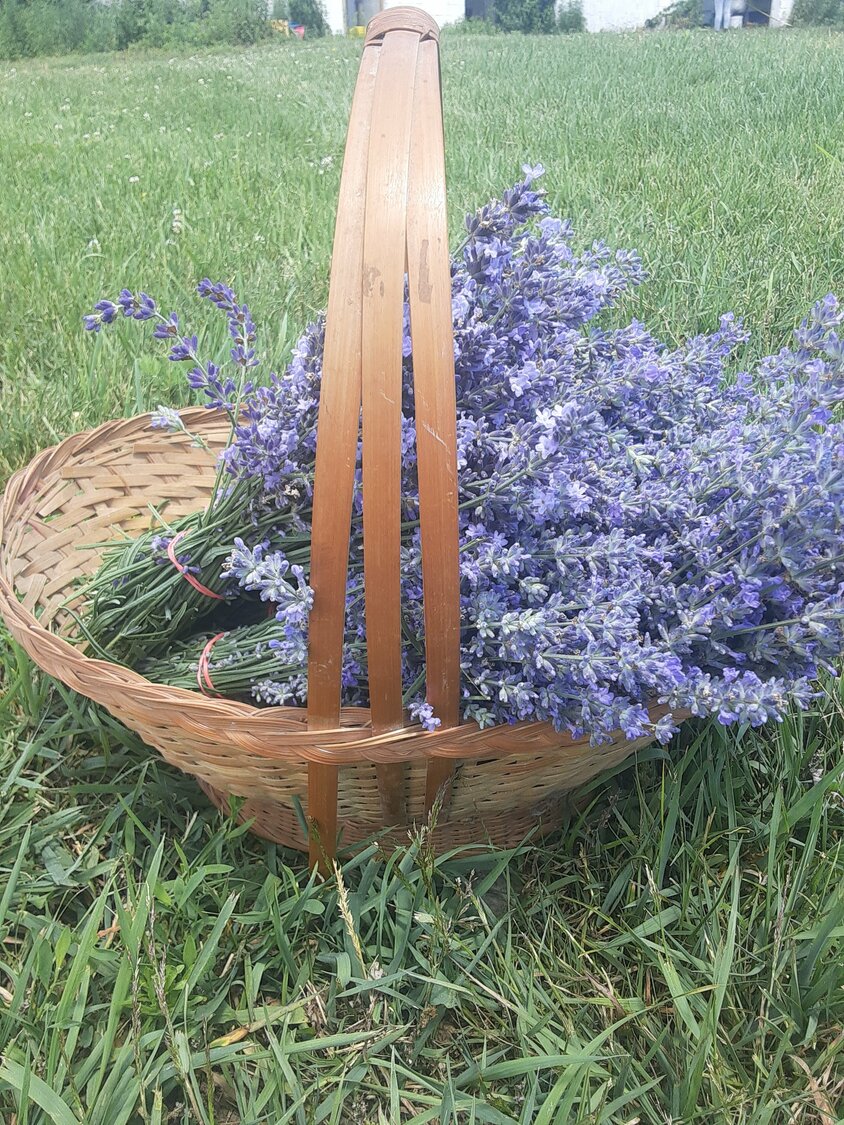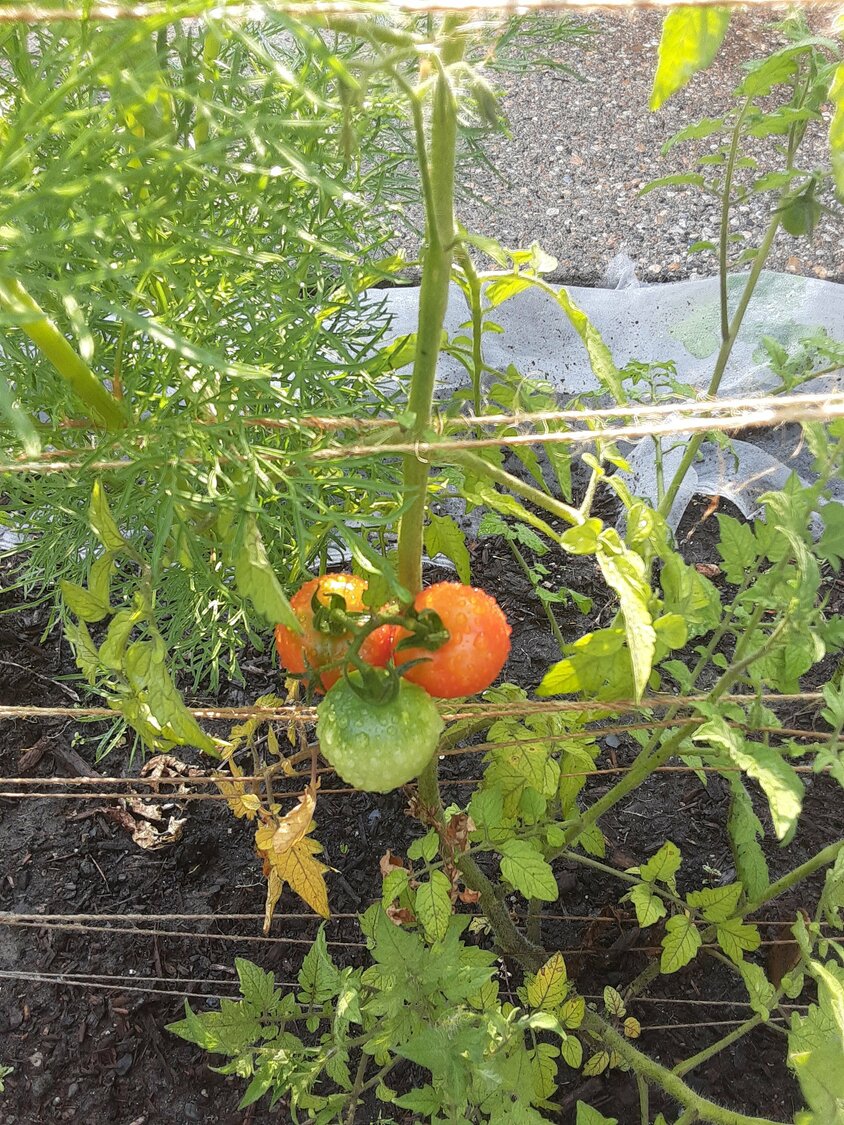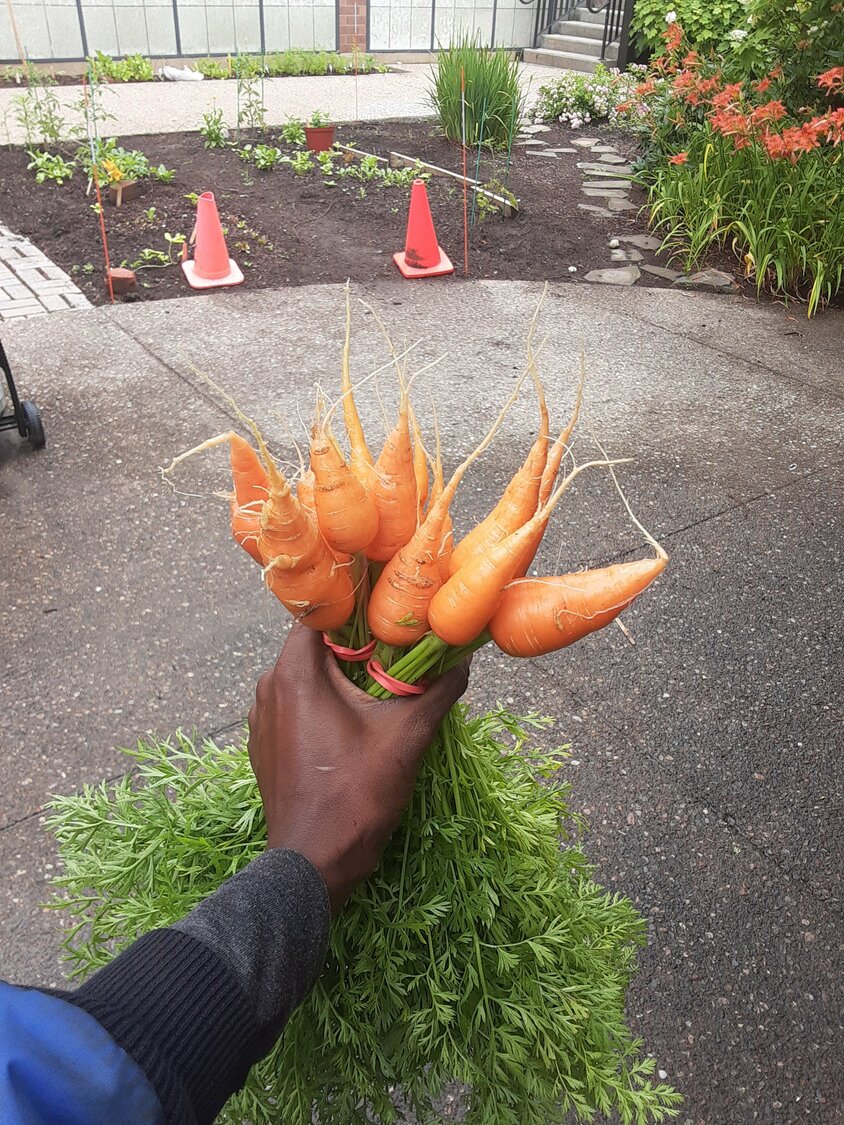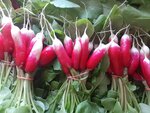Tips for growing a glorious garden
When spring arrives, the urge to get outside and enjoy the warmer temperatures is natural. Maybe it even inspires thoughts of a new project, such as planting tiny seeds in hopes of a bountiful harvest.
But even if you’re an old hand at gardening, sometimes spring can bring a little confusion. What should I grow? How many seeds do I need? When do I begin? What is the best soil?
These questions are normal to ask. Like any hobby or practice, you can become a little rusty after some time off. So read on for answers to your most pressing garden issues!
A good place to start is by assessing your space. Many garden plants prefer six to eight hours of sunlight, plenty of water and rich soil. Take a moment to consider how much sunlight your garden plot receives, whether it’s direct or indirect sunlight, and the condition of your soil.
If you’re planting in the ground, late winter to early spring is a perfect time to get those soil samples to a lab. The information you’ll receive about your soil, and the need for amendments, can make all the difference in the health of your plants.
Container gardening calls for similar considerations, including obtaining healthy soil.
When purchasing bagged soil for any type of gardening, you get what you pay for, so remember to check the ingredients. I look for products that state that they are OMRI (Organic Materials Review Institute) certified, include composted cow or poultry manure, kelp meal, ideally, and ingredients that provide moisture retention and aeration for soil roots, such as coconut coir, perlite and vermiculite. Worm castings are another great addition as they offer a perfect balance of nutrients.
When you open a bag of soil, you’re looking for a dark color and crumbly texture that easily clumps together when squeezed. There should not be a lot of large pieces in it as that would show it wasn’t fully processed. But there should be enough slightly larger chunks to allow oxygen to flow to the smaller particles.
Consider your planting site when choosing what to grow. In general, herbs grow and thrive in a variety of environments. Vegetables often require more nutrients, water and sunlight to grow the fruiting body of the plant. (Insects enjoy vegetables as much as we do, so pest prevention is usually called for too.)
Flowers require decent soil and water, as they need a lot of energy to produce blooms. On the plus side, they are not only beautiful, but they attract pollinators that can help control pest populations in your garden.
One of the biggest mistakes in gardening, especially for warm weather crops, is planting too early, while the soil is too chilly. Buying seedlings from reputable nurseries or farmers removes some guesswork, as seedlings aren’t usually ready until late spring, when the soil has warmed a bit.
Most seed packets have instructions for optimal growth, including soil-temperature requirements and sunlight needs. A good rule of thumb: cool-season crops (e.g., broccoli, lettuces, kale) do well in soil temperatures around 50 degrees; warm-season crops (e.g., squash, basil, cucumbers) require 60 degrees; tomatoes do best closer to 70 degrees.
Starting your seeds indoors gives you an advantage on the season, but requires good sunlight, warmth and proper airflow for success. Some plants can be directly planted in the ground, such as carrots, radishes, arugula and peas, all of which prefer soil temperatures of 50 to 60 degrees.
If you’re buying seedlings, make sure to look for plants that have the best chance of thriving in your garden plot. They should have green and healthy foliage, with strong stalks. Signs of new buds or leaves are also great indicators of the plant’s health.
If the seedling is really young, make sure there is a minimum of two sets of “true leaves” and the seedling is roughly 4-6” in height. These are all signs that the plant is ready to flourish once in the ground or container.
Here’s a list of plants that are easy to grow:
Herbs: Oregano, thyme, marjoram, basil, dill, chives, sage, lemon balm, mint and rosemary are all wonderful and easy to maintain, and do well in pots or in the ground.
Vegetables: Pole and bush green beans, sugar snap peas, snow peas. Pole beans and most peas require trellising, which should be indicated on the seed packet or by the seedling supplier. Kale, lettuces, radishes and Swiss chard are also easy to grow. Onions qualify, but keep in mind that different varieties are either “long day” or “short day,” based on how much sun they need to grow the bulb. “Long day” onions do very well in the Northeast.
Flowers: Sunflowers, sweet alyssum, sweet peas, marigolds, begonias, zinnias, snapdragons and Shasta daisies are all great plants for beginners. Sweet peas do well with trellising, and create a fragrant and beautiful wall of color. Begonias do well in shaded areas and in containers. Snapdragons need plenty of water to continue blooming all summer long.
KENDRA DOE-MOdE is a farmer, garden youth educator and graduate of the University of Rhode Island Master Gardener Program. She works in the membership department of the Jewish Alliance of Greater RI. She loves chatting about plants and welcomes inquiries at kdoe@jewishallianceri.org.















